|
Here's a quick animation from the night of 24th/25th March showing the movement of Comet 41P against the background stars. Each frame is a 2 minute exposure taken with a 135mm lens, the time-lapse is two hours long. On the 24th March it was visible in the bowl of The Big Dipper, or business end of The Plough if you prefer. The bright stars of this famous asterism are just out of frame. Over the next few days it moved into the neighbouring constellation of Draco. Comet 41P goes by the name of Tuttle–Giacobini–Kresák which is a bit of a mouthful. This is because comets are typically named after their discoverers, 41P was independently found in 1858, 1907 and 1951. It is a short period comet which approaches the Sun every 50 years or so and is thought to have a nucleus about a mile across. The comet has a circular appearance rather than showing the classic cometary tail because of the viewing angle. ... Comet Lovejoy (C/2014 Q4, the amateur Terry Lovejoy has discovered several) did show a prominent tail. It was slightly brighter than 41P, the head being just visible to the naked eye as a Moon-sized disc. The image above was also taken with a 135mm lens and the same camera, so the scale is the same. The green colour is typical of dim comets and is caused by glowing carbon and cyanogens. Brighter comets release more water vapour into space, their large tails are white as they reflect sunlight. Small or dim comets like these, visible in binoculars or a small telescope from a dark site, are frequent visitors to the inner solar system. Heavens Above maintains an active list. Great comets - visible in daylight - come calling far less often, perhaps once a decade or so.
The comet timelapse at the top of the page isn't my first. Back in August 2014 I accidently captured C/2014 E2 Jacques passing the Garnet Star and the nebula IC1396, home of The Elephant's Trunk. But I've only dabbled with cometary imaging, for some truly spectacular images I'd recommend taking a look at Damien Peach's website.
0 Comments
Your comment will be posted after it is approved.
Leave a Reply. |
Archives
May 2020
Categories
All
|
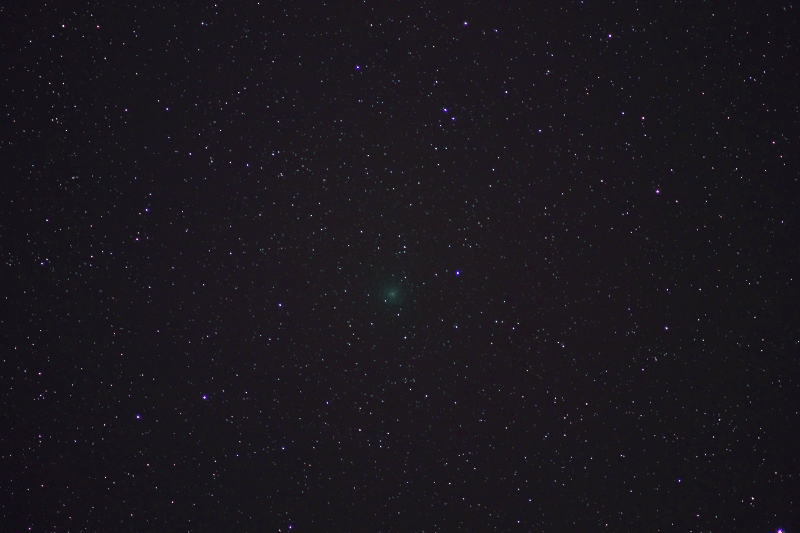
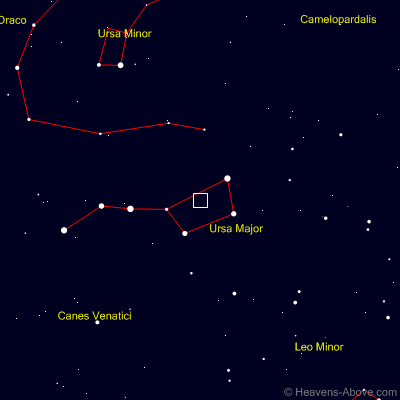
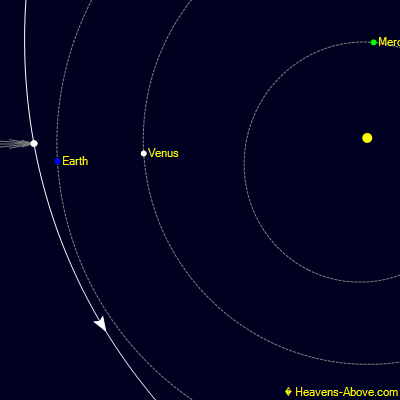
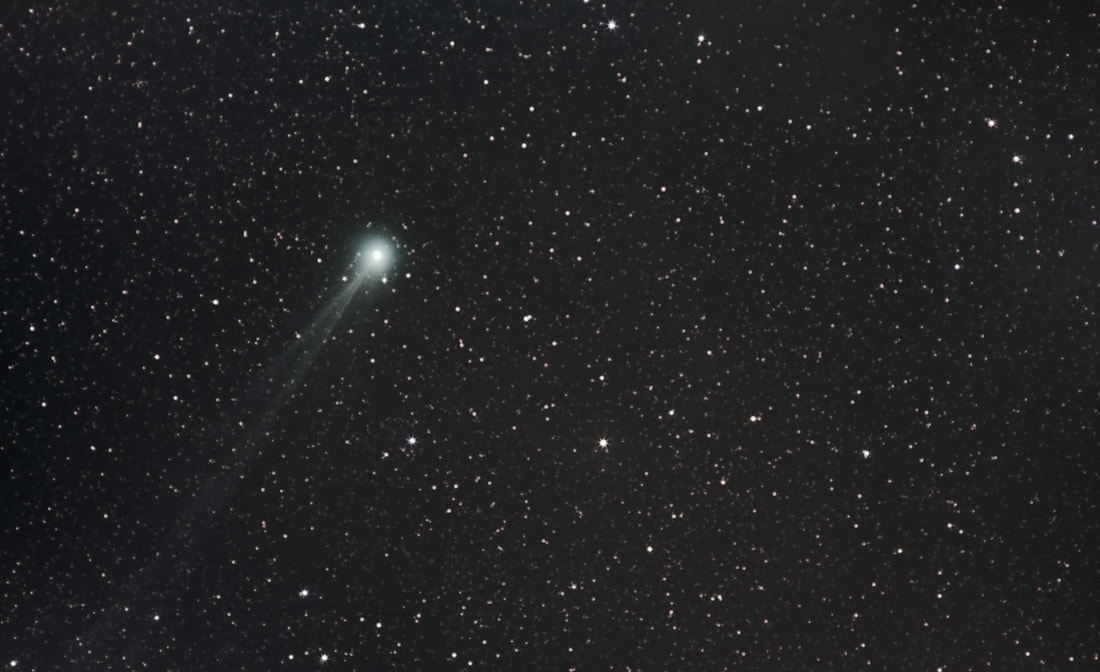
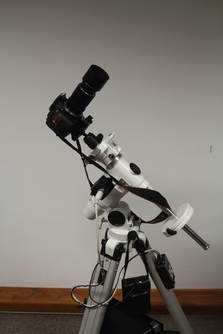
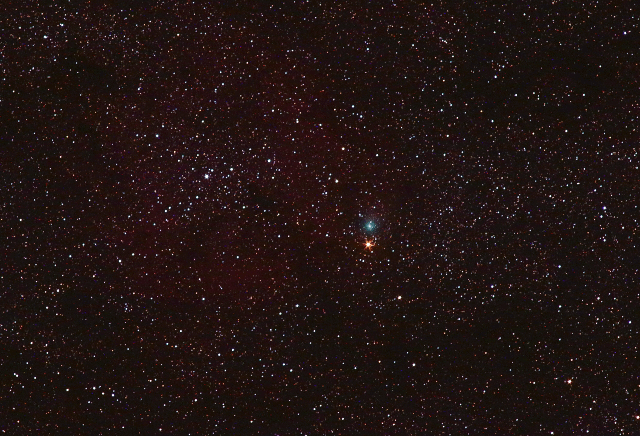
 RSS Feed
RSS Feed